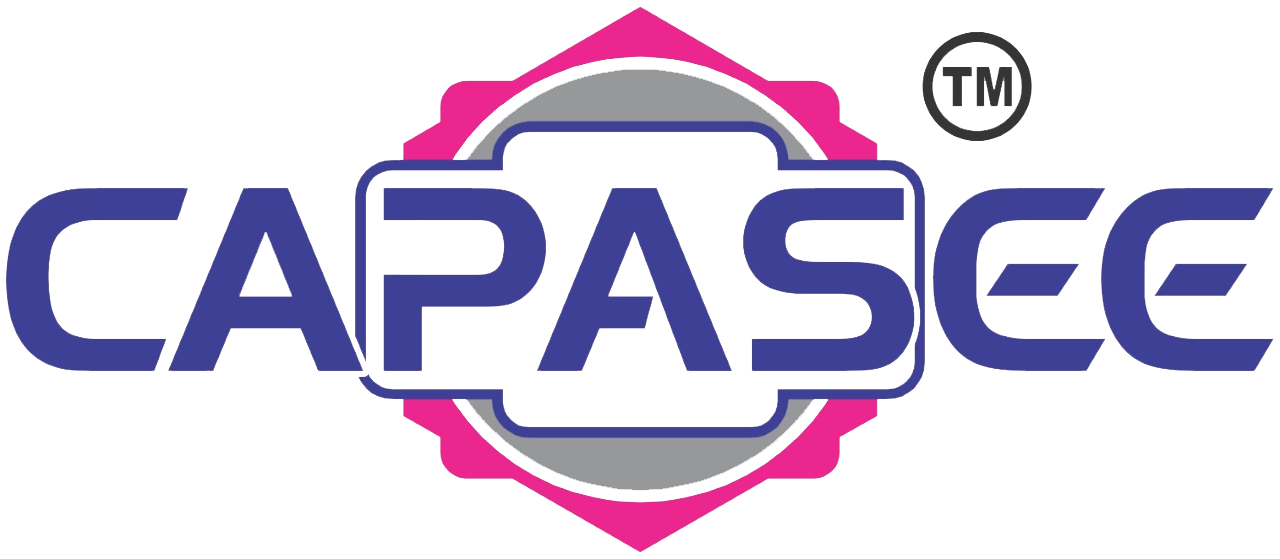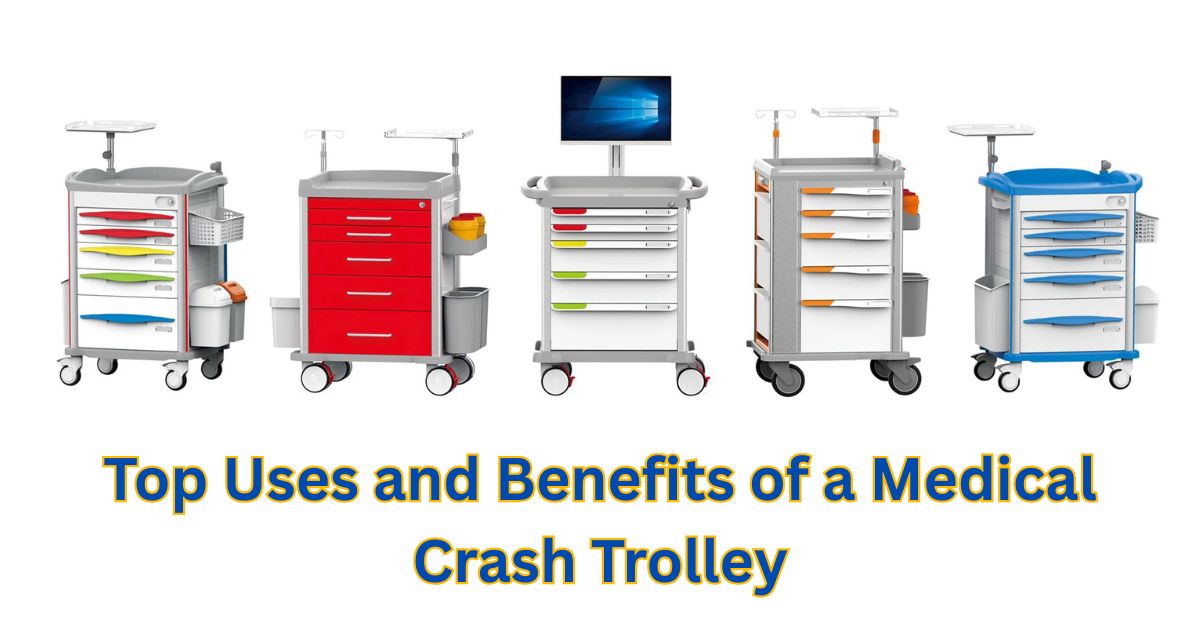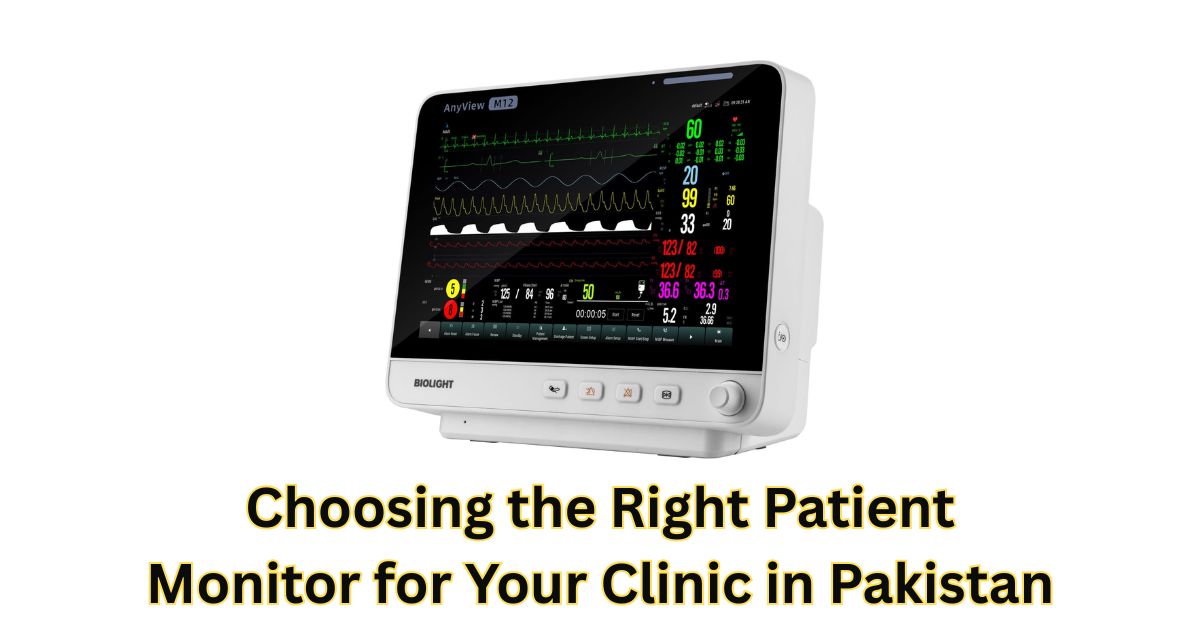A crash cart, sometimes called a Medical Crash Trolley, is a movable cart used in hospitals during medical emergencies. It includes oxygen tanks, defibrillators, life saving devices, and emergency drugs. Doctors and nurses use it to treat patients whose hearts stop or whose sudden stop of breathing occurs.
Imagine the heart of a sufferer stopping dead cold. There is not time to scroul around hunting for tools. It is at this point the crash tram transforms into a wheel-based hero. When seconds count most, it is always stocked, always ready, and always close.
Since crash trolleys save time and lives, hospitals depend on them. In an emergency, each second counts.
What is a Crash Trolley?
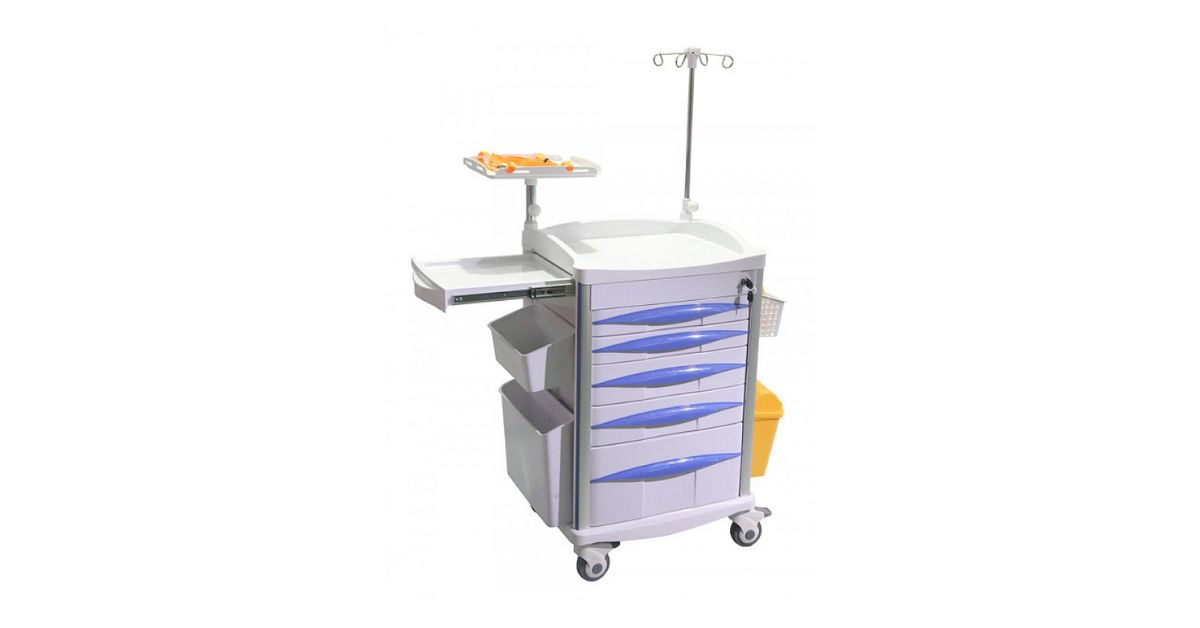
In hospitals, a crash trolley also called a crash cart is a specific transportable unit used during major medical crises. Along with IV supplies, it has emergency medical tools including a defibrillator, atropine, amiodarone, and epinephrine. Usually you will locate it close to the wards, ER, or ICU. In quick medical resuscitation during cardiac arrest, trauma, or paediatric emergency care, it is absolutely important.
Under Code Blue procedures, doctors and nurses depend on it since every second counts. Tools for airway management, endotracheal intubation, and medication use are immediately available from a crash cart. It also calls for process trays, defibrillator pads, and clean medical equipment. Hospitals in Pakistan apply Advanced Cardiac Life Support (ACLS) guidelines and hospital emergency procedures. Carefully tested to satisfy various age groups and emergency codes is the crash cart inventory.
You May Also Read This Blog: How Patient Monitor Improves Healthcare in Pakistan
Where and when crash trolleys are used
Many life threatening situations call for crash trolleys. These cover trauma, respiratory issues, cardiac arrest, and more. Sometimes a patient loses their pulse or stops breathing. The tram then aids with emergency response and drug delivery.
Everything inside is arranged from paediatric crash cart setup to emergency intubation equipment list. Ready to use tools include laryngoscopes, endotracheal tubes, and saline flushes. For their own readiness, hospitals also use a crash cart checklist. This guarantees correct drug use, seamless airway control, and fast IV access in an emergency.
Crash Cart use in Emergencies
What is inside a crash cart in actual emergencies? might define the difference between life and death. The cart comprises all first line cardiac medications used in cardiac arrest, vasopressin, lidocaine, dopamine, sodium bicarbonate.
To enhance emergency treatment, several hospitals apply thorough crash cart setup and training for use. They show employees how to quickly put up a crash cart and apply a defibrillator in an emergency. Staff also pick up best practices for crash cart organisation, including crash cart restocking rules and frequency of crash cart inspections. This keeps them always prepared for anything.
Adult vs Pediatric Crash Trolley Table
| Feature | Adult Crash Trolley | Pediatric Crash Trolley |
| Main Medications | ACLS drugs | Pediatric specific doses |
| Airway Tools | Standard ET tubes, BVMs | Small size ET tubes, masks |
| Size of Equipment | Adult size only | Sized for infants and children |
| Emergency Procedures | Adult trauma, cardiac | Newborn resuscitation, asthma |
| Setup Guidelines | Standard ACLS | Pediatric advanced life support (PALS) |
This thorough analysis helps to enable improved emergency treatment all throughout Pakistan. Why should hospitals have crash carts? Since when life hangs in the balance, quick, efficient treatment is made possible.
Types of Crash Trolleys
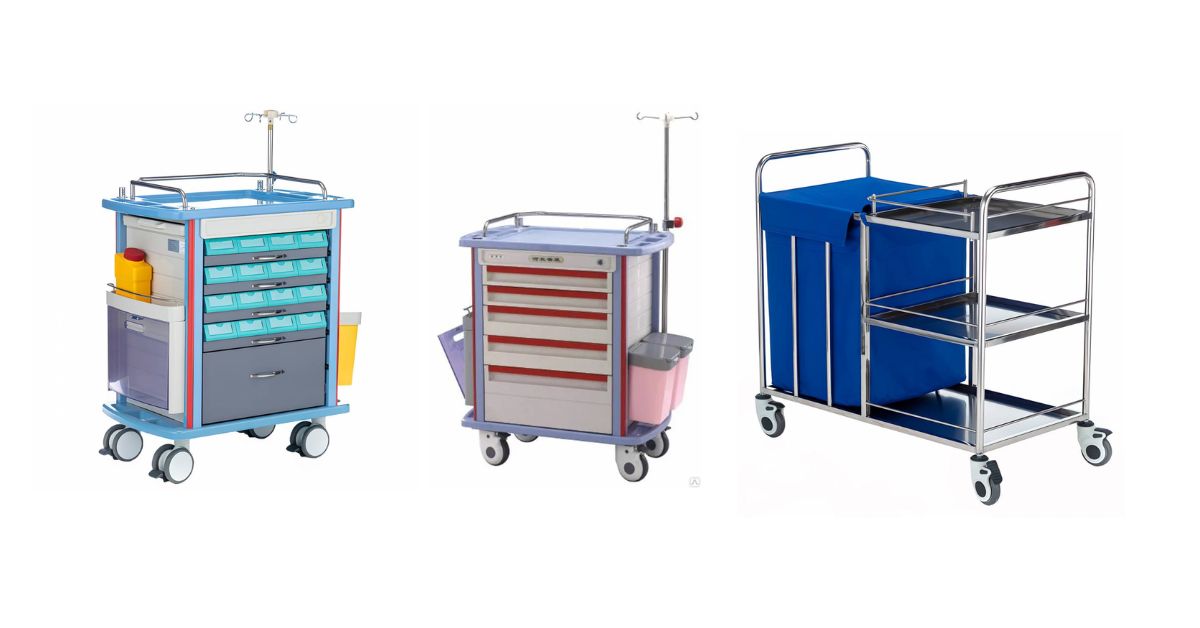
Different sorts of crash trolleys are made depending on the patients they are meant for. Tools and drugs meant for adults are housed in the adult crash cart. It covers airway management equipment, defibrillator pads, first line cardiac medications, IV supplies. Emergency resuscitation and cardiac arrest scenarios find usage for these. On the other hand, a paediatric crash cart is designed for young children and infants. Its smaller sized equipment includes paediatric defibrillator pads, endotracheal tubes, and particular paediatric emergency care medications like epinephrine in appropriate dosages. Hospitals need both kinds to give patients of all ages quick treatment.
Essential emergency medical equipment including intubation supplies in crash carts and emergency medicine dosages exists both in adult and paediatric crash trolleys. These carts have to be routinely refilled and kept orderly. Hospital crash cart checklists guarantee they are ready during a Code Blue or any other emergency. The best practices for crash cart organisation ensure that healthcare professionals can rapidly locate the required items to deliver Advanced Cardiac Life Support (ACLS) or Paediatric Advanced Life Support (PALS) when needed.
Specialized Crash Trolleys
Additionally, there are specialised crash trolleys for particular medical conditions. A trauma crash trolley, for instance, is filled with sterile equipment, chest decompression tools, and surgical kits all needed for major injuries. These trolleys provide quick patient trauma related treatment. Commonly found on these carts are also IV access in emergencies and emergency procedure trays. These specialised trolleys mostly aim to enable doctors and nurses to deliver quick and focused treatment in several emergencies.
Furthermore available in hospitals are cardiac arrest specific crash carts with specific drugs including sodium bicarbonate, dopamine, and amiodarone. During a cardiac arrest, these emergency code meds are really vital. Essential knowledge is on how to use a defibrillator in an emergency and on having ready emergency airways equipment. Knowing how to quickly set up a crash cart helps to save valuable medical crisis time. Regular inspections and crash cart replenishment policies enable hospitals to remain ready for every type of crisis.
Standard Crash Cart
In every healthcare environment, a basic crash cart is important for managing an emergency. Stocked with life-saving drugs and medical gear, this mobile unit includes airway management devices, emergency medications, IV supplies, and defibrillator pads. Responding to trauma, cardiac arrest, and other medical resuscitation situations makes these carts essential. They enable medical practitioners to act fast in pivotal events to save lives.
The conventional crash cart supplies the required ACLS drugs, epinephrine, amiodarone, and sodium bicarbonate during a Code Blue or another emergency. Along with sterile medical supplies, emergency intubation supplies, and tools for endotracheal intubation, it is vital. Hospitals have to routinely inspect their crash cart supplies and replenish the goods as needed. This guarantees their constant availability to effectively manage any emergency reaction.
Pediatric Crash Cart
Designed especially for crises involving children, a paediatric crash cart includes defibrillator pads, intubation tools, and drugs fit for children. Additionally included in the cart are laryngoscopes and endotracheal tubes, which constitute emergency airways. During cardiac arrest or other crises, doctors use this cart to rapidly and precisely provide life saving therapies. Paediatric Advanced Life Support (PALS) protocols depend on paediatric carts.
Along with first-line cardiac pharmaceuticals, including epinephrine, amiodarone, and atropine, a paediatric crash cart carries lesser doses of ACLS drugs and emergency medication dosages. To address dire circumstances, it also has IV access tools, emergency procedure trays, and sterile medical supplies. Paediatric crash cart design guarantees that, in an emergency when every second counts, the correct tools are ready. For effective operation, hospitals have to ensure correct refilling and cart maintenance.
ACLS Cart (Advanced Cardiac Life Support)
An ACLS cart is made for crises including cardiac arrest. Among first line cardiac medications, it includes atropine, amiodarone, and epinephrine. During a Code Blue, these drugs are absolutely vital for emergency medicine distribution. Defibrillator pads, intubation supplies, and airway management tools life saving instruments also fit on the cart. This guarantees that medical practitioners can react fast and precisely during medical resuscitation.
During a cardiac emergency, the ACLS drugs on the cart help a patient stabilise. Managing heart rhythm and pressure calls for items such as sodium bicarbonate, calcium chloride, and dopamine. With supplies like sterile medical supplies and angio catheters, IV access in emergencies is also enabled. During a critical event, a well stocked ACLS cart can literally save lives. Appropriate restocking policies guarantee the cart is available as needed.
Trauma Crash Cart
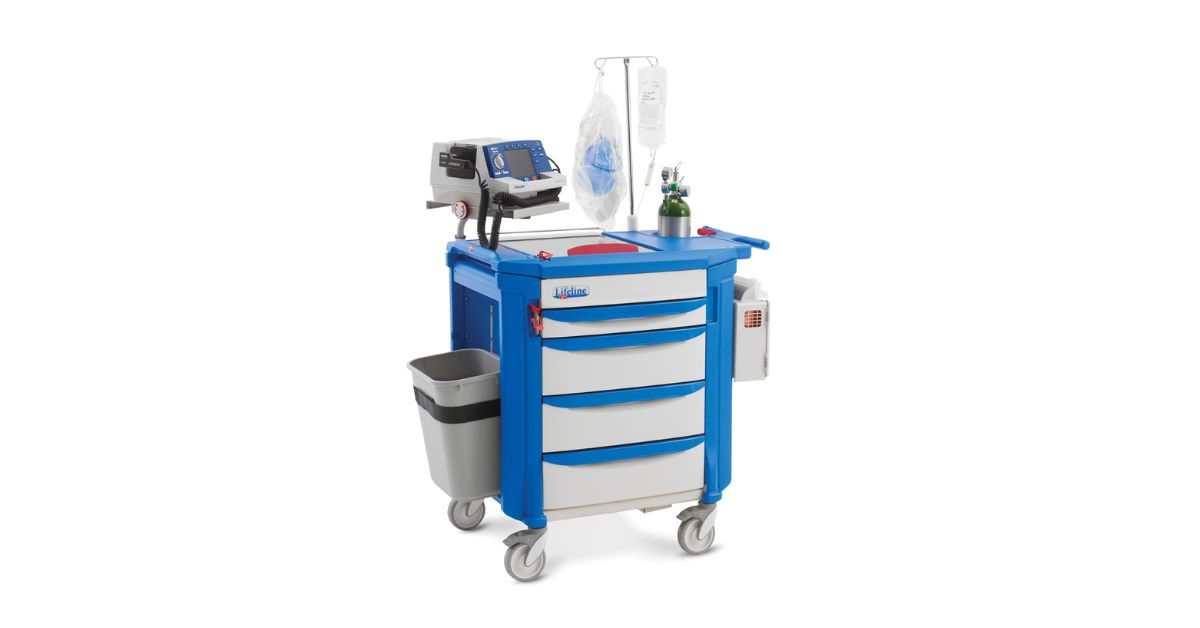
Management of serious injuries and trauma cases in the emergency room depends on a trauma crash cart. Crucial for emergency resuscitation, it comprises life saving drugs such as epinephrine, dopamine, and amiodarone. Along with equipment like defibrillator pads, IV access in an emergency, and endotracheal intubation instruments, this trolley includes essential tools. These devices enable clinicians to react rapidly to critical events such as major trauma or cardiac arrest.
Apart from providing emergency medication, a trauma crash cart features IV supplies including saline flush, angio catheters, and instruments for airway control. Medical resuscitation depends critically on emergency procedure trays with ECG electrodes and sterile supplies. Maintaining the availability of these goods during a Code Blue or trauma emergency depends on keeping the crash cart inventory current.
Anesthesia Crash Cart
Designed to manage situations during operations or anaesthesia treatments, an anaesthesia crash cart includes essential supplies for emergency medicine, including drugs like atropine, amiodarone, and epinephrine. To guarantee correct breathing assistance during anesthesia related problems, this cart also features laryngoscopes and endotracheal tubes. Quickly providing life saving fluids and drugs depends on IV access during an emergency.
Apart from emergency resuscitation tools, the anaesthesia crash cart comprises necessary components like defibrillator pads and emergency procedure trays. These devices assist in controlling cardiac arrest or any strong anaesthetic reaction. Regular checks of the crash cart inventory guarantee that every sterile medical supply is ready as needed. This enables a quick reaction to Code Blue events and helps avoid delays in life-saving procedures.
Essential Features of a Crash Trolley
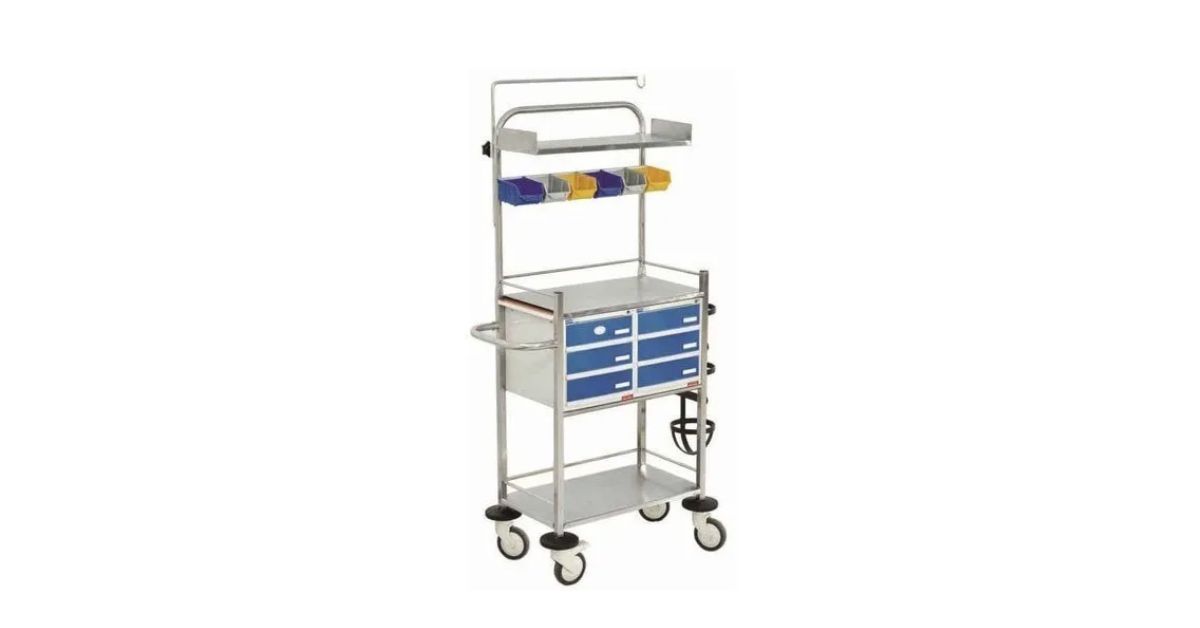
A crash trolley is a mobile unit containing all life saving supplies for instant use in an emergency. It facilitates quick response by medical professionals following a cardiac arrest or Code Blue protocol. It carries ACLS drugs like epinephrine, lidocaine, and amiodarone, as well as defibrillator pads and intubation tools. With structured compartments labelled for simple crash cart checklist use in hospital emergency equipment sections, this trolley facilitates medical resuscitation.
Every crash trolley needs sterile medical supplies, airway control devices, and emergency drug administration instruments. For IV access in an emergency, it also carries saline flush, angiocatheters, and IV supplies. Tools for lumbar punctures, chest decompression, and cricothyroidotomy abound on emergency procedure trays. This arrangement satisfies Advanced Cardiac Life Support (ACLS) guidelines. For seamless operation during any emergency, Pakistani hospitals must adhere to best standards for crash cart organisation and implement crash cart restocking policies.
Defibrillator & Heart Monitor
During a cardiac arrest, a crash trolley is absolutely vital. To support medical resuscitation, it always features a defibrillator and cardiac monitor. These devices check the heartbeat and provide an electric shock to restart the heart, thereby supporting the Code Blue procedure. During this emergency response, doctors also use defibrillator pads and ACLS medications in the crash cart including epinephrine, atropine, and amiodarone.
Along with emergency medical tools for IV access in crises, endotracheal intubation, and emergency medicine distribution, the crash cart also includes monitors that assist in observing oxygen levels and rhythm during Advanced Cardiac Life Support (ACLS). It enables teams to follow hospital crash cart checklists. From sterile medical supplies to ECG electrodes, all items are set for quick usage. This enhances the step-by-step crash cart arrangement and provides better treatment in Pakistani hospitals.
Portable Suction Machine
A portable suction machine helps rapidly clear the airway and should be part of a crash tray. Patients in cases of trauma or cardiac arrest may have obstructed airways due to blood, vomit, or mucus. This device increases the success of endotracheal intubation and facilitates quick airway control. Along with other airway management instruments kept inside the crash cart, laryngoscopes and endotracheal tubes help in this regard.
A Code Blue approach depends critically on the portable suction equipment. It guarantees that during medical resuscitation, the lungs and the throat remain open. By maintaining a clear airway while clinicians concentrate on emergency medicine delivery, it also supports IV access in crises. The crash cart inventory in Pakistani hospitals primarily includes this gadget. It fully satisfies hospital emergency policies and enhances the results of Advanced Cardiac Life Support (ACLS).
Oxygen Tank & Masks
To provide quick respiratory support during an emergency, a crash cart has to have masks and an oxygen tank. Oxygen keeps the body and brain alive when a patient passes cardiac arrest. Every emergency code or code blue procedure calls for these instruments, which are part of emergency medical equipment. Together with other airway control devices, the masks and tank assist doctors during medical resuscitation and endotracheal intubation.
The crash cart keeps many kinds of masks for adults and children. This advances pediatric emergency treatment as well. In hospitals with this arrangement, oxygen delivery gets simple. Apart from ACLS pharmaceuticals such as Epinephrine, oxygen is a fundamental component of the first line cardiac treatments applied in Advanced Cardiac Life Support (ACLS). Pakistani hospitals have to include oxygen tanks to satisfy appropriate hospital emergency procedures and guarantee better patient treatment by following the crash cart checklist.
Locking Drawers & Compartments
Locking drawers and compartments on a crash cart helps to keep emergency supplies safe and ready for use. Under a code blue, this function safeguards Epinephrine, Amiodarone, and Atropine emergency medicine delivery instruments. It guarantees speedy access for Advanced Cardiac Life Support (ACLS) and helps to avoid abuse as well. This arrangement helps with hospital regulations for crash cart checklist and enhances the safety of hospital emergency equipment.
Sensitive items, including sterile medical supplies, defibrillator pads, and ACLS medications, are kept in crash cart drawers in every crash cart. Fast availability of IV supplies, airway management tools, and emergency procedure trays is what emergency response teams depend on. Lockable drawers support the best standards for crash cart organization and help to keep these products orderly. Hospitals have to guarantee correct storage for both adult and pediatric crash cart sections and follow training for their use.
IV Supplies & Medication Drawers
Organizing IV supplies and medicine drawers for rapid aid during an emergency is a prerequisite for a crash cart. Medical resuscitation and cardiac arrest call for first line cardiac medications including Epinephrine, Amiodarone, and Atropine found in these drawers. During a code blue protocol, fast access is essential, hence these drawers help with emergency drug distribution in both adult and pediatric emergency care situations.
Every crash cart used in Pakistani hospitals has to facilitate an appropriate emergency response by keeping the necessary emergency code and ACLS drugs. These cover sterile medical supplies used for IV access in an emergency, angiocatheters, and saline flush. The drawers also enable staff members to follow hospital crash cart checklists and guarantee the ACLS (Advanced Cardiac Life Support) team has quick access to everything it needs. Safe treatment is supported, and time in emergency resuscitation is shortened by organised storage.
Rolling Casters
Strong rolling casters enable a crash trolley to move swiftly in an emergency. This mobility lets any room where a patient requires assistance respond quickly in an emergency. Faster reaching a code blue patient, doctors save time for medical resuscitation or cardiac arrest. Easy mobility is part of the crash cart checklist for Pakistani hospitals, hospital emergency equipment should always be constantly ready.
Quickly bring ACLS drugs, defibrillator pads, and emergency airway equipment to the patient using casters. This covers first-line cardiac medications, including Epinephrine and Lidocaine, as well as emergency procedure trays and endotracheal intubation instruments. Staff have to act quickly when a pediatric crash cart or adult cart is required. Smooth-wheeled crash cart inventory guarantees the trolley is in the correct location at the appropriate moment. Good design facilitates both step-by-step crash cart setup and training for its usage.
Procedure Kits
For quick medical action, a crash cart ought to always include complete procedure kits. These kits support physicians in other urgent actions, IV access in crises, and intubation. Every Pakistani hospital uses the crash cart checklist to incorporate sterile medical supplies, airway management devices, angiocatheters, and saline flush. These kits are made available in every drawer and placed within the trays for emergency procedures.
In adults and children alike, these kits also assist with emergency response, chest decompression, and endotracheal intubation. Smaller instruments used in a pediatric crash cart handle pediatric emergency treatment. Parts for Advanced Cardiac Life Support (ACLS) including medical resuscitation and emergency medication administration abound in these kits. Maintaining these tools in the hospital emergency equipment guarantees a quick response during a code blue operation, therefore saving time and life.
Key Medications in a Crash Trolley
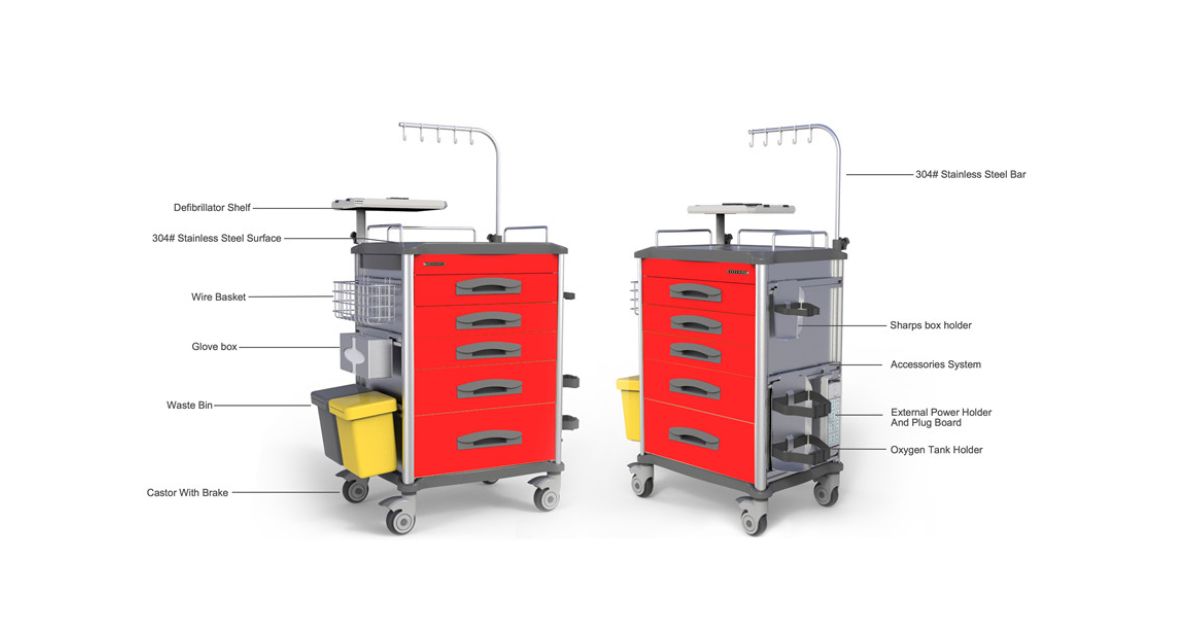
Important drugs used in cardiac arrest should be included on a crash cart to assist during unexpected medical events. First line cardiac medications for Advanced Cardiac Life Support (ACLS) among them are epinephrine, atropine, and amiodarone. Included also are dopamine, sodium bicarbonate, vasopressin, lidocaine. Stored for quick emergency drug administration during medical resuscitation, these medications are utilized following a code blue protocol.
Special medications and dosages are included for pediatric emergency care in a pediatric crash cart. Every drawer in the trolley has obvious labels to enable doctors and nurses locate the correct item fast. Correct labeling and crash cart arrangement help to shorten real emergency response time. Along with clean medical supplies, all medications and IV supplies are organized inside the emergency process trays to guarantee seamless hospital emergency equipment use throughout any emergency code circumstance.
Top Benefits of Using a Crash Trolley
Any hospital needs a crash cart as a basic tool. It contains all the required emergency medical instruments, including airway control devices, defibrillator pads, drugs including epinephrine and amiodarone, and in event of cardiac arrest, this company guarantees rapid and effective medical resuscitation. Faster reaction in crucial times from the crash cart saves important time for medical experts to save lives.
Furthermore, enhancing hospital emergency procedures involves the use of a crash cart. It is a necessary component of the Advanced Cardiac Life Support (ACLS) system since it guarantees easy access to code blue supplies. Healthcare professionals may act quickly as everything is in one location. A well-stocked crash cart guarantees all necessary things, including IV supplies, intubation kits, and pediatric crash cart components, therefore reducing errors during an emergency.
Quick Access to Life Saving Equipment
Emergency response depends critically on a crash cart. It maintains all required emergency medical tools in one location defibrillator pads, IV supplies, drugs including amiodarone and adrenaline. This lets medical personnel act fast during crises like cardiac arrest. Healthcare professionals may concentrate on delivering Advanced Cardiac Life Support (ACLS) and other critical care by making everything orderly and readily accessible, therefore saving time.
Additionally, supporting hospital emergency procedures is a well-stocked crash cart. Quick access to intubation supplies, airway management tools, and code blue drugs can help to save lives during a crisis. The crash trolley checklist guarantees the availability of basic materials like sterile medical tools and a pediatric crash cart setup. During life-threatening events, our company enables doctors and nurses to provide quick, efficient treatment while also reducing mistakes.
Mobility & Portability
Easy mobility of a crash cart is important in an emergency. It lets medical personnel rapidly move defibrillators, drugs like epinephrine, and intubation tools all of which are emergency medical equipment anywhere in the hospital. Its mobility guarantees that, in life threatening events, vital supplies including IV medications and ACLS meds in crash carts are always accessible when seconds count.
Designed for mobility as well, the pediatric crash cart makes responding to emergency codes including code blue or cardiac arrest in pediatric patients simple. From sodium bicarbonate to ECG electrodes to airway control devices, the crash cart inventory is easily available and portable. This quick medical resuscitation guarantees timely care in every case and supports hospital emergency protocols by means of efficient mobility.
Improved Emergency Response Time
One cannot improve emergency response time without a crash trolley. It guarantees fast availability of life saving drugs including atropine, amiodarone, and epinephrine in crucial events. Essential defibrillator pads, ACLS drugs, and airway management devices equip the trolley so that medical teams may act quickly in events like cardiac arrest or code blue crises. Faster availability of these resources might make all the difference between life and death.
Every item in the crash cart inventory is arranged meticulously to ensure simple access and use. Including IV supplies, endotracheal tubes, and sterile medical tools for emergency resuscitation, this setup ensures the right instruments are on hand. Whether it’s for pediatric advanced life support (PALS) or defibrillator use in coding, having these tools readily available guarantees that doctors and nurses can swiftly and effectively administer medical resuscitation, therefore saving more lives whether dealing with adults or children.
Organized & Efficient Setup

An orderly crash cart guarantees easy access to necessary emergency medical supplies during a catastrophe. Medical staff members who have all the instruments they need defibrillator pads, intubation supplies, ACLS drugs can act fast. Under high pressure events like cardiac arrest, this lowers the possibility of mistakes. It enables medical professionals to concentrate on the patient instead of squandering valuable time looking for tools.
Correct setup and maintenance of the crash cart inventory also help to reduce errors. Clearly labeled and orderly arranged items, including IV supplies, airway management devices, and emergency procedure trays. A pediatric crash cart kept orderly and packed guarantees that both adult and child patients get quick treatment. To prevent missing vital supplies during an emergency, regular inspections and updates of crash cart replenishment policies are absolutely vital.
Durable & Long Lasting
A crash cart is made to withstand daily obstacles in an emergency scene. Constructed from robust materials, it can meet the heavy loads in hospital environments. It moves constantly and safely carries necessary emergency medical tools including IV supplies, defibrillator pads, and drugs. Strong construction guarantees that the cart stays dependable and functional under high stress events such as medical resuscitation and cardiac arrest.
A crash cart’s long lasting character is crucial in allowing emergency codes like Code Blue to be rapidly addressed. Its design helps ACLS drugs and other essential supplies be safely stored. A pediatric crash cart kept in good condition guarantees that intubation supplies and airway management instruments are readily available. Maximizing the lifetime of these vital instruments in any emergency depends mostly on routine maintenance and inspection.
Compliance with Medical Standards
Strict hospital safety rules are followed in the design of a crash cart. To react fast during medical resuscitation, it has basic tools such as defibrillators, ACLS drugs, and emergency airways. The arrangement of the trolley guarantees simple access to necessary supplies including intubation tools and drugs for cardiac arrest. This enables medical personnel to properly follow the Code Blue protocol, therefore saving lives in an emergency.
Strict policies for crash cart replenishment and safety regulations help hospitals to preserve patient care. A well stocked pediatric crash cart guarantees correct handling of pediatric emergency treatment using appropriate sterile medical supplies. The cart is routinely examined and upgraded to make sure defibrillator pads and IV supplies are available for any emergency medical need. This ensures that medical staff members can operate under pressure without delay, therefore helping to lower mistakes.
How to Organize a Crash Trolley for Maximum Efficiency
Good and quick emergency response relies on a well stocked crash cart. Every object should be placed purposefully to give easy access in case of emergency. For example, easily available should be defibrillator pads, ACLS medications like amiodarone and epinephrine, and intubation tools including endotracheal tubes. In life threatening circumstances, good organisation of IV supplies, airway management devices, and emergency procedure trays helps to save critical time.
Setting up a pediatric crash cart calls for particular attention to make sure it contains all the supplies for pediatric emergency care. Correct organization of items including pediatric advanced life support (PALS) drugs, intubation tools, and defibrillator pads designed for children is essential. By ensuring the complete crash cart inventory, a regular crash cart checklist helps to comply with hospital emergency procedures and lower mistakes during emergency resuscitation.
Prioritize Essentials
Starting a crash trolley requires first giving the most important objects top priority. Top access should be for basic instruments including defibrillator pads, ACLS drugs like epinephrine and amiodarone, and airway management tools. During a code blue or any other emergency, these devices are absolutely vital for cases of cardiac arrest and emergency resuscitation since they guarantee that medical staff members may react quickly and successfully.
Pediatric advanced life support (PALS) drugs, intubation supplies, and emergency airways equipment should all be immediately available for a well structured pediatric crash cart. Reducing mistakes in the crash cart checklist depending on hospital procedures improves efficiency. Medical teams can maximize efficiency and satisfy hospital emergency procedures in high stress events by arranging IV supplies, sodium bicarbonate, and calcium chloride in the correct sequence.
Clear Labeling
Effective and timely emergency response depends on clear labeling of a crash trolley. Medications, defibrillator pads, airway management devices, and other essential items should have clear, simple labels. This guarantees that medical practitioners may rapidly identify and access the required instruments in high stress events such as cardiac arrest or medical resuscitation, therefore lowering treatment delays.
Good labeling also helps prevent ambiguity when ACLS medications in crash carts must be given. Medications including epinephrine, amiodarone, and atropine should be specifically marked for quick access. Pediatric crash cart arrangement, where the correct amount and type of medication may vary, depends especially on this system. Clear labels make sure medical teams may operate effectively without losing valuable time during pivotal events.
Regular Checks & Maintenance
Maintaining all emergency medical equipment in perfect shape depends on regular checks and maintenance of a crash trolley. Often checked are items including IV supplies, ACLS drugs, and defibrillator pads. This guarantees that the team may use effective tools right away, without delays that might endanger the patient, during a code blue or cardiac arrest event.
Verifying the operation of intubation instruments including laryngoscope and endotracheal tubes is another aspect of routine maintenance. Effective medical resuscitation during an emergency can come from a well maintained crash cart containing all required drugs including amiodarone, dopamine, and epinephrine. Regular updates and inspections guarantee that age appropriate equipment for best treatment is likewise stocked in the pediatric crash cart configuration.
Crash Trolley Maintenance & Best Practices
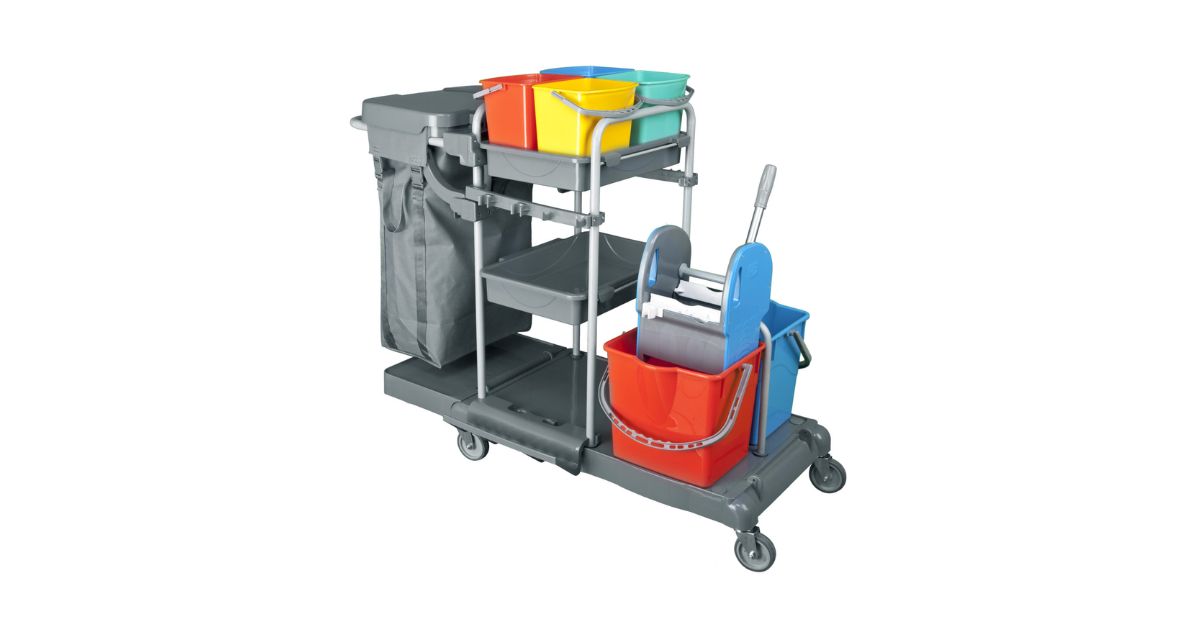
Patient safety depends on a crash trolley being regularly inspected. Hospitals should have daily, weekly, and monthly schedules for trolley contents check through. Staff members have to make sure that emergency medical equipment, ACLS drugs, and defibrillator pads are all ready for use during these inspections. Any emergency code drugs used should be restocked epinephrine, amiodarone, and atropine among others.
Maintaining a functional crash trolley depends on good crew training. Medical workers have to be educated to properly use all the tools, including IV supplies, endotracheal tubes, and airway control devices. During a code blue, a well kept trolley guarantees fast access to pediatric crash cart supplies and life saving drugs. Following crash cart refilling policies guarantees that every item is available for medical resuscitation as needed.
Regulations & Compliance
When arranging a crash cart, hospitals have to adhere strictly to industry norms. These rules guarantee that, in an emergency, all necessary emergency medical equipment defibrillator pads, ACLS medications, airway management tools is accessible and ready. Medical resuscitation and code blue procedures depend on correctly filled shelves. Following these guidelines guarantees quick and orderly emergency treatment, therefore helping to save lives.
Patient safety depends also on following hospital emergency procedures. This includes maintaining orderly trays for emergency procedures, IV supplies, and pediatric crash cart contents. To comply with safety regulations, hospitals also have to routinely examine and replenish crash carts. This helps healthcare professionals guarantee they are always ready for cardiac arrest or another crucial event, therefore enhancing emergency response times and patient outcomes.
Custom Crash Trolleys: Tailored for Specific Needs

Customizing a crash trolley to fit various Pakistani hospital departments helps to special instruments and medications are needed in emergency, ICU, pediatric, surgical, and other areas. Small size endotracheal tubes and pediatric emergency care supplies comprise the pediatric crash cart. For people experiencing cardiac arrest or code blue occurrences, emergency rooms concentrate on ACLS drugs, defibrillator pads, and emergency drug delivery devices.
Customizing ensures that the correct tools are close by, therefore enhancing emergency response. While ICU carts may concentrate more on IV access in emergencies and airway management tools, a surgical crash cart will have procedure kits, sterile medical supplies, and lumbar puncture tools. Good crash cart arrangement and labeling support hospital emergency procedures. A proper crash cart checklist for hospitals also guarantees timely crash cart replenishment policies are implemented, therefore enhancing safety in all areas.
Final Thoughts
In an emergency, a crash cart is a necessary item that guarantees healthcare professionals have fast access to important drugs and equipment. By lowering reaction times during life threatening situations, correct use and frequent maintenance of the crash cart can greatly enhance patient outcomes. To guarantee readiness, healthcare professionals should always be optimizing and restocking their crash trolley configurations. In the end, improving emergency response efficiency and saving lives in medical facilities depends critically on making investments in a premium crash trolley.
FAQ’s
What is the use of crash trolley?
Medications for rapid access during critical events such as cardiac arrest and basic emergency medical equipment are kept on a crash trolley.
What are the benefits of the emergency trolley?
Quick access to life saving equipment made possible by the emergency trolley enhances reaction times during crises including code blue and medical resuscitation.
What does a medical trolley do?
By means of a medical trolley, necessary supplies, drugs, and tools can be transported, therefore enabling healthcare personnel to react fast to patient demands.
What is the purpose of a mobile crash cart?
A mobile crash cart guarantees quick medical resuscitation during an emergency by allowing healthcare workers to relocate necessary emergency tools to any area in the hospital.
What are the basics of a crash cart?
Medications including epinephrine, defibrillators, airway management devices, IV supplies, all for managing cardiac arrest and other life threatening events, make up the foundations of a crash cart.
